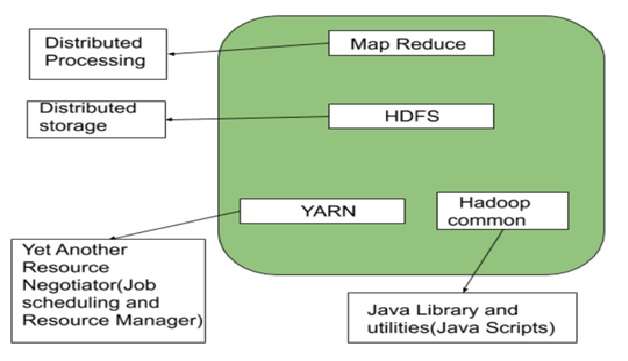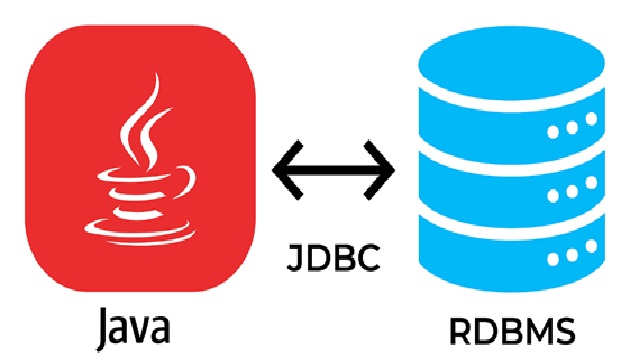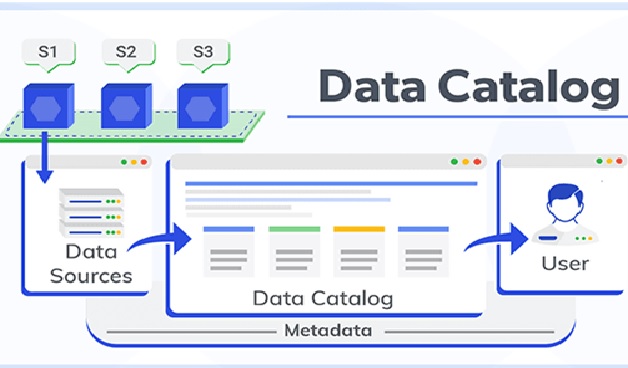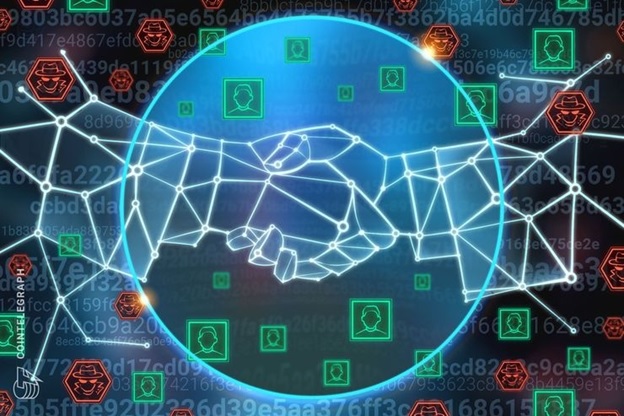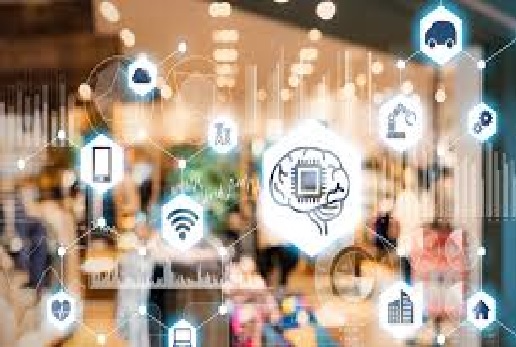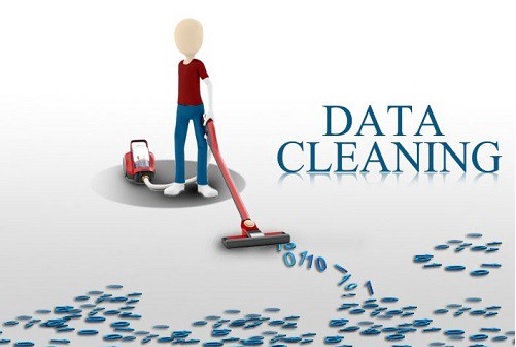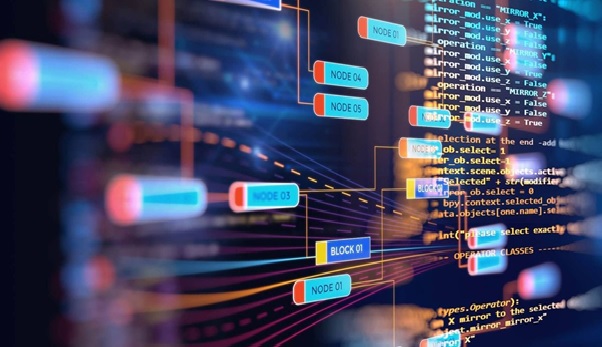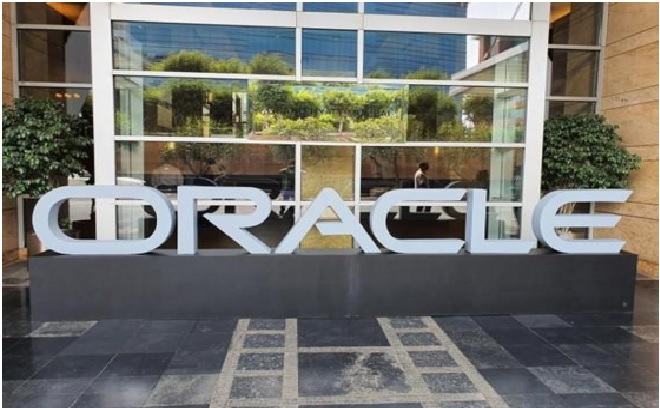The Future of Data Storytelling
Data storytelling is the best way to use data to create new knowledge and new decisions or actions. It is an integrative practice that incorporates knowledge and skills from several disciplines, including communication, analysis and design. It is practiced across many fields and is used to address a variety of challenges.
Storytelling is something most marketers are somewhat familiar with. When we’re talking about data storytelling, we are talking about stories in which data is the center point. The story is meant to explain the data and why it matters. There’s all kinds of stories, and most of them visuals can help tell, but only some have this focus and intent. [1]
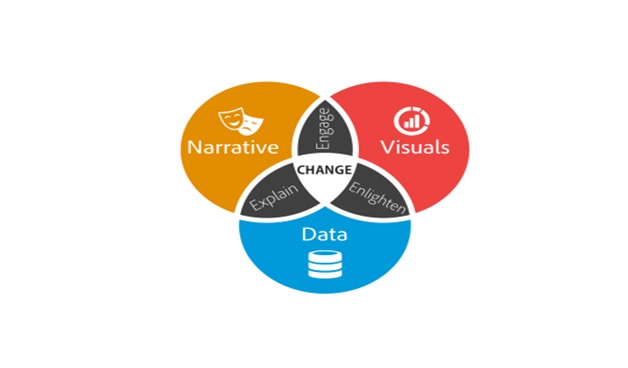
Figure 1. The Future of Story Telling
Figure 1 shows Data Storytelling is the new way to get your team the answers they need about your business. It’s proactively giving every single one of your users a personalized daily data brief instead of forcing them to go find answers in dashboards they aren’t using.
It’s never feeling guilty about being forced to prioritize analytics for executives and leaving the majority of your company to fend for themselves. It’s creating a data-driven culture by empowering everyone. [3]
The future of data storytelling
Data storytelling is a methodology for communicating information, tailored to a specific audience, with a compelling narrative. It is the last ten feet of your data analysis and arguably the most important aspect.
Evolutionarily, as Humans, we are naturally hard-wired to share stories as a means of sharing information. Theorists even suggest that storytelling was the primary launchpad for the transmission of knowledge across large groups of people, which formed cultures as we know them today and allowed evolutionary success across generations.
Now, with the so much data available to us, only data storytelling can put a human perspective on the increasingly complex and rapidly changing world of the digital era.
Data storytelling merges three key fields of expertise:
Data science: This field of expertise is the interdisciplinary field of sciences, which extracts knowledge and insight from data, making it readily available. This exciting field has made significant changes to our daily lives in the past couple of decades.
The technologies we take for granted are all driven by this field of expertise, but there is one thing that data scientists are not naturally skilled in:
Storytelling. Data scientists are often skilled at, collecting and delivering data, but lack the skills to relay a true understanding of the opportunities hidden in the data delivered.
Visualisations: The emergence of technology solutions such as dashboards became a natural solution in aiding us to comprehend our vast amounts of data collected. Transforming data into graphs, pie, and line charts meant we could see our data like never before, however, alone data visualisations have limitations. They provided at-a-glance snapshots of data, lacking the context needed to explain why something has happened.
Narrative: The third and, somewhat, most vital part of a data story is the narrative. Narrative uses language in a format that suits our particular needs, augmenting our full comprehension of new information. A narrative is a key vehicle to convey insights, with visualisations and data being important proof points. [2]
References:
- https://venngage.com/blog/data-storytelling/
- https://www.nugit.co/what-is-data-storytelling/
- https://narrativescience.com/data-storytelling/
Cite this article:
Thanusri swetha J (2021), The Future of Storytelling, AnaTechMaz, pp. 35


